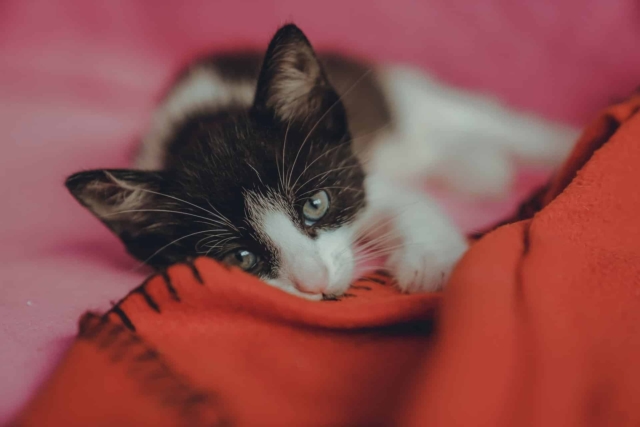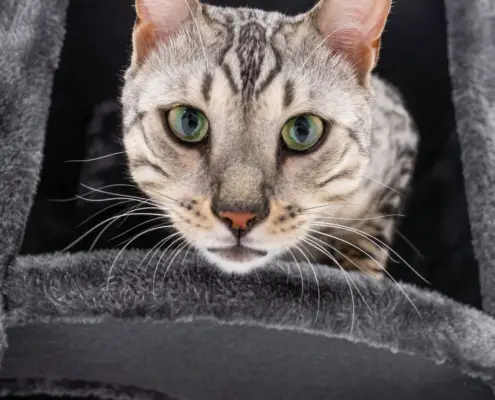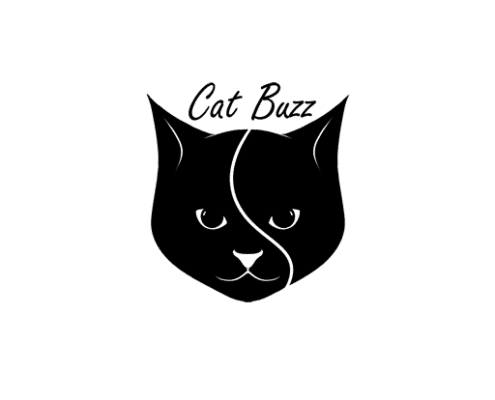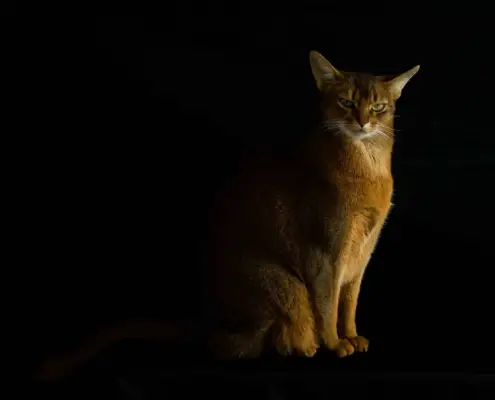
The American Polydactyl cat breed has long captivated cat enthusiasts with its unique and fascinating physical trait – extra toes. These cats possess more than the usual number of toes, which gives them a distinctive appearance and an endearing charm. In this comprehensive guide, we will delve into the history, characteristics, temperament, health considerations, breed standards, and care for American Polydactyl cats. Prepare to be captivated by the allure of this extraordinary feline.
History and origins of the American Polydactyl cat breed
The origins of the American Polydactyl cat breed can be traced back to the early days of European settlers in North America. The genetic mutation responsible for the extra toes is believed to have emerged in cats brought over on ships from England. These cats thrived in the new environment, and their unique trait became more prevalent over time. The breed’s popularity soared, especially in the coastal regions of New England, where they were highly regarded for their exceptional hunting skills and ability to navigate rough terrain.
Physical characteristics of the American Polydactyl cat breed
The most distinguishing feature of the American Polydactyl cat breed is their polydactyl paws. While most cats have five toes on their front paws and four on their hind paws, these delightful felines can sport up to seven toes on each foot. The extra toes do not affect the cat’s mobility or balance and are often referred to as “thumb cats” due to their resemblance to human thumbs.
Apart from their unique paws, American Polydactyl cats generally exhibit a medium to large build, with a muscular body and a well-rounded chest. They have expressive, almond-shaped eyes that come in various colors, adding to their overall charm. Their coat can be short or long, with a wide range of colors and patterns, making each American Polydactyl cat a truly unique and visually captivating companion.
Personality traits and temperament of the American Polydactyl cat breed
In addition to their striking physical appearance, American Polydactyl cats are known for their friendly and affectionate nature. These cats are often described as social butterflies, always seeking human companionship and eager to join in any activity. They are highly adaptable and get along well with other pets, making them an excellent choice for multi-pet households.
American Polydactyl cats are intelligent and curious, constantly exploring their surroundings and engaging in playful antics. They have an innate love for climbing and are remarkably agile, utilizing their extra toes to grip onto surfaces with ease. This breed is also known for its vocal nature, often communicating with their unique chirping or trilling sounds to express their emotions or seek attention.
Health considerations for American Polydactyl cats
While American Polydactyl cats generally enjoy good health, it is essential to be aware of potential health issues that may arise. One common concern is the proper care and maintenance of their extra toes. Regular nail trimming is crucial to prevent overgrowth and discomfort. Additionally, the folds of skin between the toes should be kept clean and dry to prevent infection.
As with any cat breed, routine veterinary check-ups and vaccinations are essential to ensure the overall health and well-being of American Polydactyl cats. It is also advisable to maintain a balanced diet and provide regular exercise to prevent obesity, which can lead to various health problems.
Caring for an American Polydactyl cat
Caring for an American Polydactyl cat is similar to caring for any other cat breed. Regular grooming sessions are essential to keep their coat healthy and free from mats. Brushing their teeth, cleaning their ears, and trimming their nails should be part of a regular grooming routine. Providing a balanced diet that meets their nutritional needs is vital for their overall well-being.
American Polydactyl cats thrive on human companionship, so providing plenty of social interaction and playtime is crucial. Enrich their environment with toys, climbing structures, and scratching posts to keep them mentally stimulated and physically active. Additionally, it is important to create a safe indoor environment, as American Polydactyl cats may have more significant challenges if allowed to roam freely outdoors.
Fun facts and interesting tidbits about American Polydactyl cats
Did you know that American Polydactyl cats have a long history of being considered good luck charms? Sailors believed that these cats brought luck and protected their ships from storms. They were often sought after as ship cats and kept as cherished companions during long sea voyages.
Another fascinating aspect of American Polydactyl cats is their prevalence in popular culture and media. They have been featured in books, movies, and even as mascots for sports teams. One famous American Polydactyl cat, named Snowball, became a beloved icon for the Ernest Hemingway Home and Museum in Key West, Florida. Snowball’s descendants, who also possess the same polydactyl trait, still roam the grounds, enchanting visitors with their unique charm.
The unique charm of the American Polydactyl cat breed
The American Polydactyl cat breed is a captivating and enchanting feline with its extraordinary polydactyl paws and friendly personality. Their fascinating history, distinctive physical characteristics, and amiable temperament make them a beloved choice for cat lovers worldwide. By understanding their unique needs and providing the care they deserve, American Polydactyl cats can thrive and bring joy to their human companions. Whether you are a fan of their peculiar paws or simply enjoy their affectionate nature, the American Polydactyl cat breed is sure to captivate your heart.
If you enjoyed my article, I would appreciate you sharing it with your network.

Sima Ndlebe
Sima writes for CatBuzz. He is interested in Cats, Health and Fitness, and Entrepreneurship.
Published: 13 October 2023



